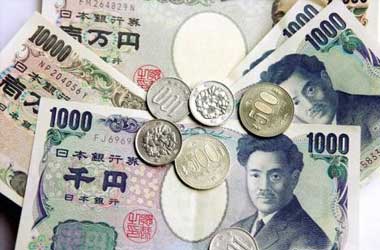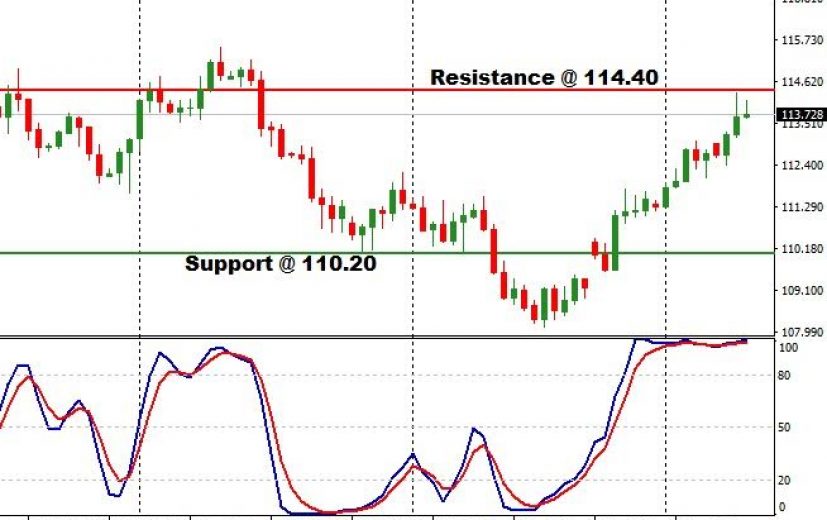 On the basis of hawkish stance taken by the US Fed, a long position in the USD/JPY pair in April would have been recommended. A call option would be suggested to binary option traders.
On the basis of hawkish stance taken by the US Fed, a long position in the USD/JPY pair in April would have been recommended. A call option would be suggested to binary option traders.
The entry was advised near 108.80, with a target of at least 111.20. The pair hit the target in a week and then consolidated to move up further to reach a high of 114.40 on Wednesday.
We expect the USD/JPY pair to give up a portion of the gains in the short-term due to reasons mentioned below.
The uptrend seen in the USD/JPY pair was mainly due to the expectations of a Fed hike in June. A rate hike would make the Greenback undervalued against the Yen, based on the interest differentials. Across the world, central banks are considering normalization of rates while the BoJ still follows a loose monetary policy. So, the Yen tops the list of currencies for the Greenback to appreciate against. Now, the rally indicates that most of the hike is already priced in.
Gazunda – Today’s Finance
Additionally, there are some other factors which support the strengthening of the Yen. It is a well-known fact that Japan has few natural resources and is heavily dependent on imports for raw materials. The country is the second largest importer of iron ore. In the past one-and- a-half month, the price of iron ore had fallen sharply from about $99 per ton to $59 per ton. That has a positive effect on the import costs and aids the competitiveness of the Japanese industry.
Another important commodity which is having a positive effect on the Japanese economy is coal. The price of coking coal, which is another raw material used in the steel industry, had fallen to about $200 per ton from a high of about $309 per ton in November last year. The return of some amount of nuclear power, increase in homegrown renewable energy, and declining population had resulted in a decrease in the amount of thermal coal imported in 2016. It was the first decline seen in the past four years. The coal import costs have declined by 20% in 2016. In the case of LNG (Liquefied Natural Gas), the import costs have come down by about 40%.
In the US, the Census Bureau reported a 0.2% m-o-m increase in the wholesale inventories in March, against analysts’ expectation of a 0.1% decline. The inventories declined 0.1% in the previous month. Thus, above arguments make it clear that fundamentally the USD/JPY pair would undergo a short-term correction.
The USD/JPY pair has started reversing after hitting the major resistance at 114.40. The stochastic oscillator’s reading of 100 indicates an extremely overbought scenario. Thus, the probability of a downtrend is higher.
A currency trader can contemplate on going short in the USD/JPY pair near 114.40, with a take profit order at about 111.20. To reduce risk, a stop loss order can be placed above 115.40.
Binary traders can purchase put option to gain from the probable decline of the USD/JPY pair. The contract can be bought when the pair trades near 114.40. Additionally, it would be prudent to select a day around May 19th for option’s expiry.





